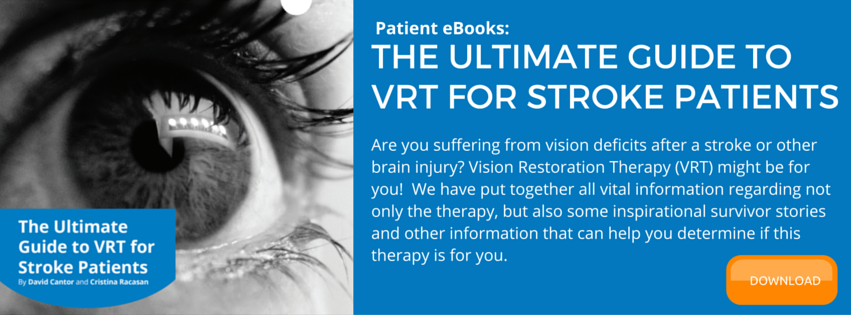 Did you know that about 85% of stroke survivors are left unable to perform the most common activity our arms perform each and every day? Reaching to grasp objects. Partial paralysis of the arm, often times on one side, can greatly diminish a person’s independence.
Did you know that about 85% of stroke survivors are left unable to perform the most common activity our arms perform each and every day? Reaching to grasp objects. Partial paralysis of the arm, often times on one side, can greatly diminish a person’s independence.
Earlier this month, Clinical Rehabilitation released new research on this very topic. Based at the University of the West of England, the study was funded by the UK Stroke Association. The thought behind this study was that, according to background research and depending on the task being performed, people may be able to shift the way they use their arm muscles as well as their brain.
Why Task-Specific Training?
Some scientists believe that after stroke, task-specific training may result in recovering movement for important daily activities, such as brushing one’s teeth or tying your shoes. Based on this recent study, a home-based curriculum of intensive, task-specific reaching and grasping exercises was not only tolerable to stroke survivors to do, but suitable for them to perform with their affected arm.
In the study, the researchers compared task-specific ‘reach to grasp’ training with ‘usual care’ over a six week period. 85% of the stroke survivors who participated in the study had moderate to severe arm disability. Both the ‘reach to grasp’ and ‘usual care’ groups were tested with measures of their arm function, but only the ‘reach to grasp’ group were given questionnaires asking if they felt the treatment had made a difference for them.
So What Did The Research Find?
With 94% of therapist treatment visits completed, the “reach to grasp” training was generally well accepted. There were 2,000 repetitions of exercise movements completed by each participant in the ‘reach to grasp’ group, compared to just 40 repetitions for the ‘usual care’ group. Additionally, over two thirds of these participants thought that the number of visits with a therapist, and an hour of independent practice a day was adequate.
One problematic area was the ability to complete forms. Many participants in the ‘reach to grasp’ group did not keep a full record of their activity when left to themselves. It was also found that most patients decided to join the study only after any involvement with early support rehabilitation services had concluded. This resulted in over two-thirds of participants getting involved more than three months after having their stroke which is past the most rapid period of recovery.
However, thanks to the primarily positive findings, the next step will be for the researchers to collaborate with other research groups, and conduct larger randomised trials to assess the effectiveness of these exercise programs. The hope is that these trials could provide evidence for improved recovery and gain the attention of the international stroke rehabilitation community.
What Does This Mean For Survivors?
For many survivors of stroke who are left with arm weakness, task-specific exercises could lead to increased independence throughout their day-to-day living. The findings from the study do highlight obstacles to implementing task-specific training at home, such as a lack of motivation to practise without a therapist present. The study also showed the ‘reach to grasp training’ to be safe to deliver at home.
Whether or not ‘reach to grasp’ training is found to be more effective for stroke survivors than their current treatment, it is important that the research is being done and awareness is being raised of the hardships stroke survivors may be silently facing every day. So long as new therapies are being developed and new studies are being performed we will continue to move closer to the best possible solution for survivors.



